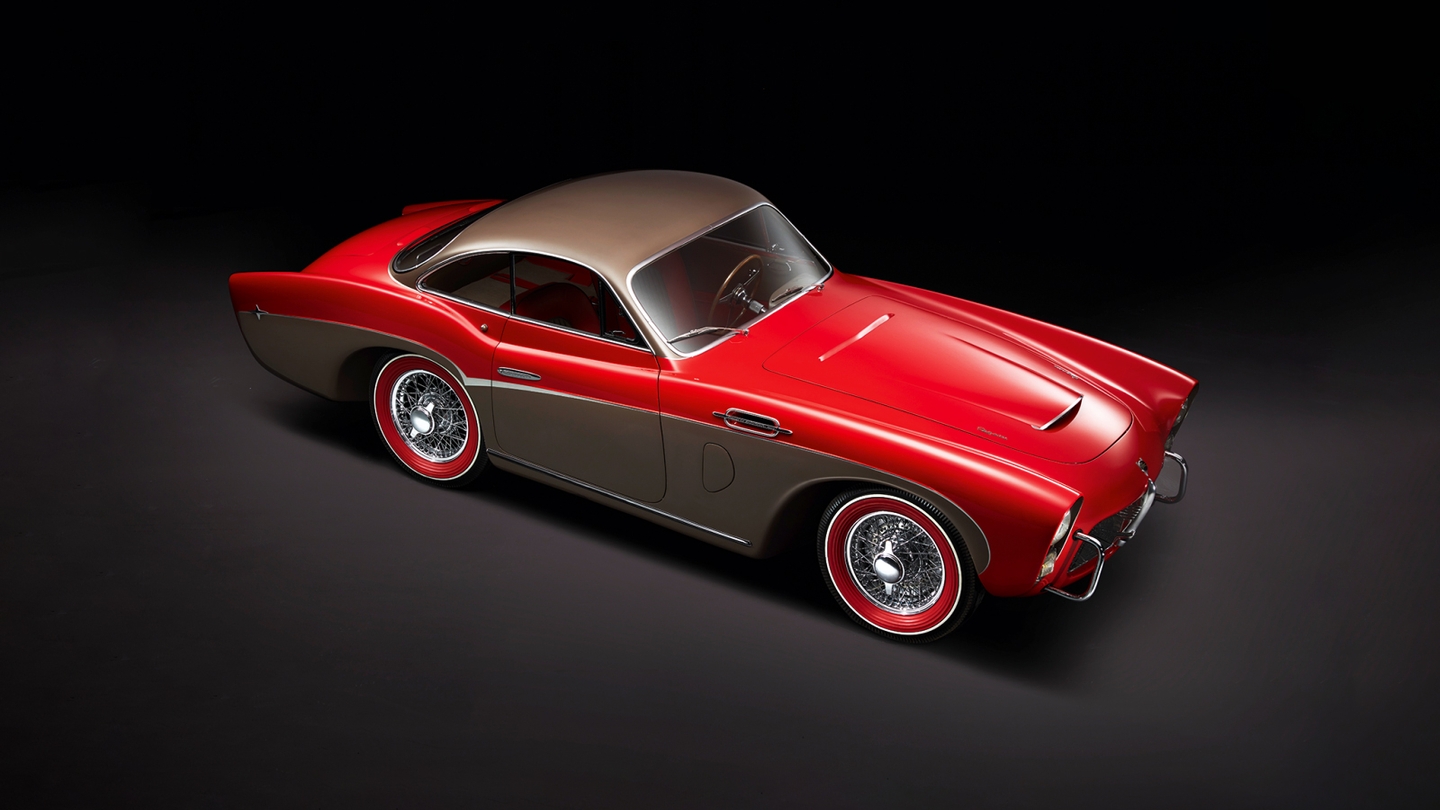A coupe is a type of car that’s often bought with the heart rather than the head – but what is it and should you buy one?
A coupe prioritises sleek styling and the driving experience over outright practicality. Usually, a coupe is a two-door hardtop car with a bonnet at the front, a swoopy cabin area and a boot sticking out the back. Although nowadays, you’ll also find coupes with four doors and even coupe-SUVs which give a vibe of business at the front and party at the back. Just like a mullet…
Most supercars are coupes, as are the majority of sports cars. This is because coupe body styles tend to be aerodynamic – improving performance – and keep the car low to the ground. As a bonus, coupes often look athletic and purposeful, and draw the attention of passers-by.
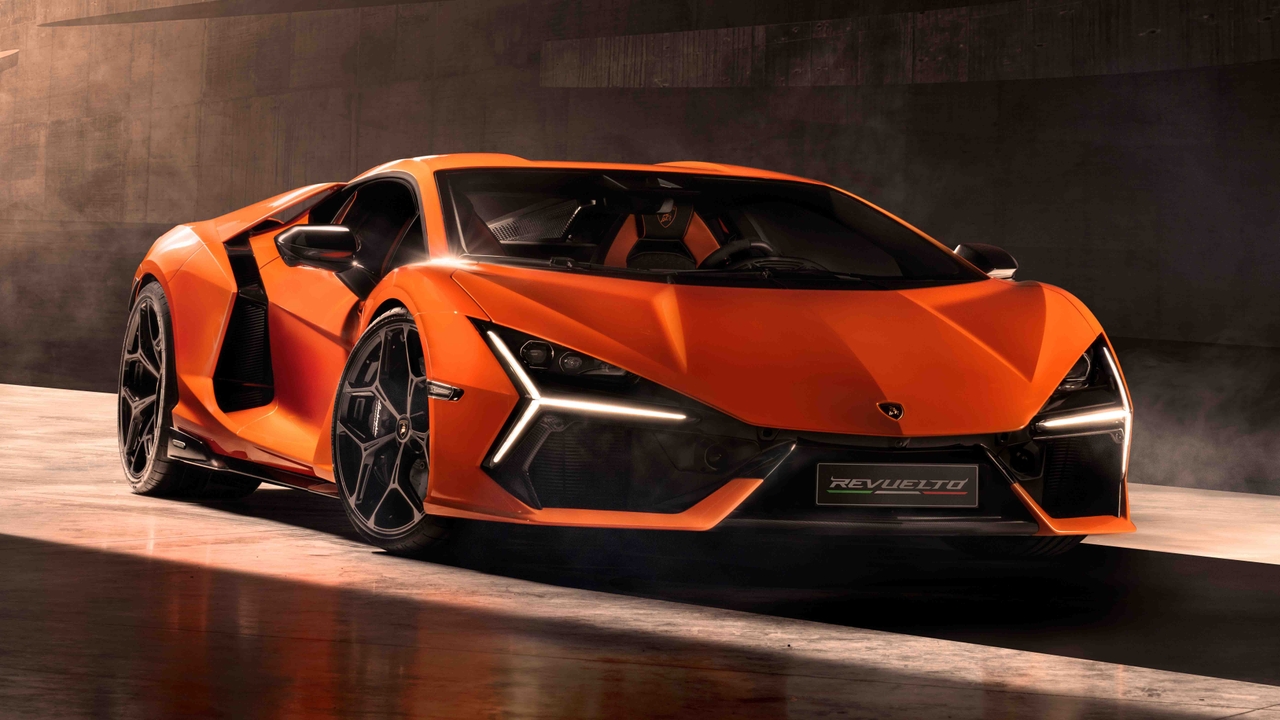
Some old coupe names have been reused on modern SUVs – Ford is especially keen to plunder its back catalogue for new SUV names, with the Puma, Kuga, Mustang and Capri badges now all on SUVs. But some coupes, like the BMW 2 Series and Toyota GR Supra, are sticking around for the time being at least.
You can browse our full selection of used coupes here. Or check out our favourite coupes here.
What makes a car a coupe?
Traditionally, a coupe was a two-door version of a saloon. The sloping roofline that steeply angles down to the rear end is usually a coupe’s most obvious styling feature, but now we can describe various SUVs as having a coupe-like roofline – even if they’re not coupes in the traditional sense.
Can a four-door car be a coupe?
Think of a coupe and a slinky two-door car will probably come to mind, but four-door coupes are definitely a thing. We’d say that a four-door car can be called a coupe if it’s a swoopier version of another, boxier car. For example, the Mercedes CLA has four doors but it’s much sleeker than the Mercedes A-Class it’s based on. Ditto with the BMW 2 Series Gran Coupe and its 1 Series sibling, and the Audi A5 Sportback and the A4 saloon. In the same vein, a Mercedes GLC Coupe has a chopped roofline compared to the standard Mercedes GLC SUV.
Is a coupe a sports car?
Most sports cars are coupes, but not all coupes are sports cars. Let us explain. The coupe body style suits sports cars, as performance and style are given precedence over practicality, but some coupes don’t try to be sporty – such as the Lexus RC or the Mercedes E-Class Coupe. So the two terms aren’t quite interchangeable, even though the Audi TT, Toyota GR Supra and Porsche 911 are sports cars that are coupes.
Other types of coupe
Hatchback coupe
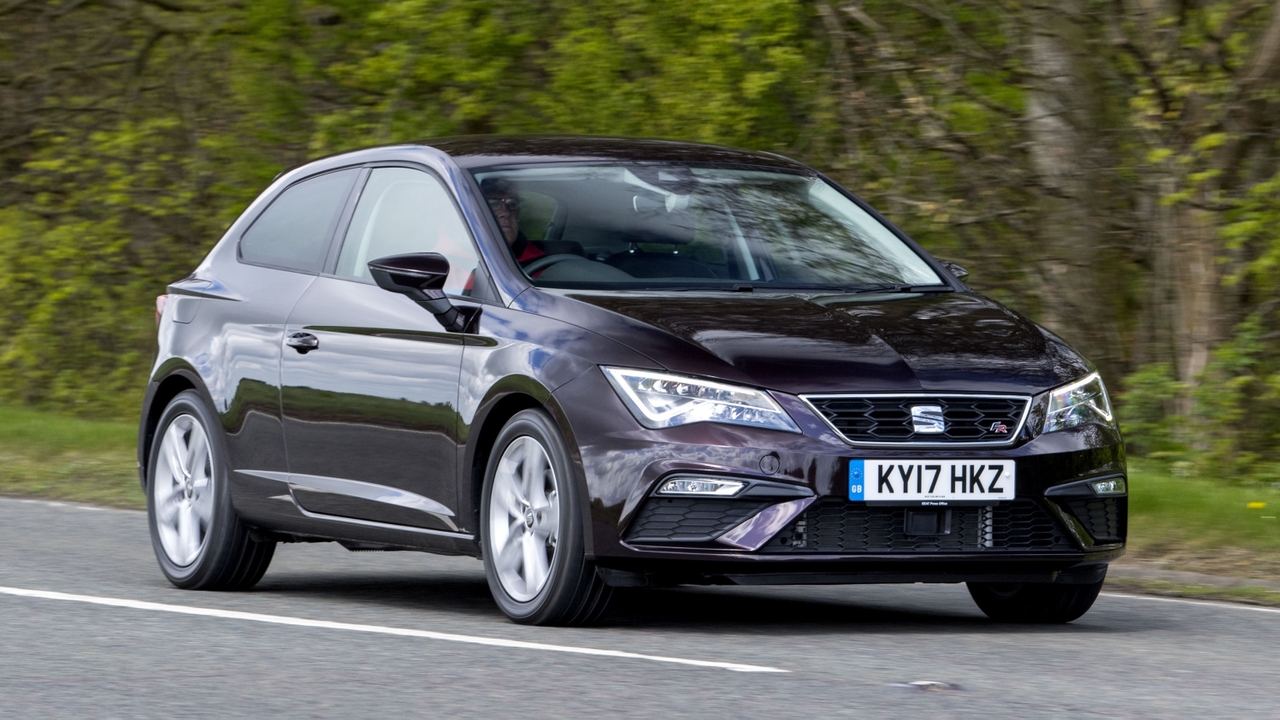
Hatchback coupes were widely available a few years ago, but the class has largely been killed off as manufacturers focus on five-door hatchbacks and SUVs. Three-door hatchbacks are still available, but coupe-style cars like the Renault Megane Coupe, Vauxhall Astra GTC, SEAT Leon SC and Kia Pro_Cee’d all had considerably different bodywork to their five-door equivalents. You could say that the rally-focused Toyota GR Yaris is a hatchback coupe, but it doesn’t even share the engines of the five-door hybrid-engined Yaris.
SUV coupe
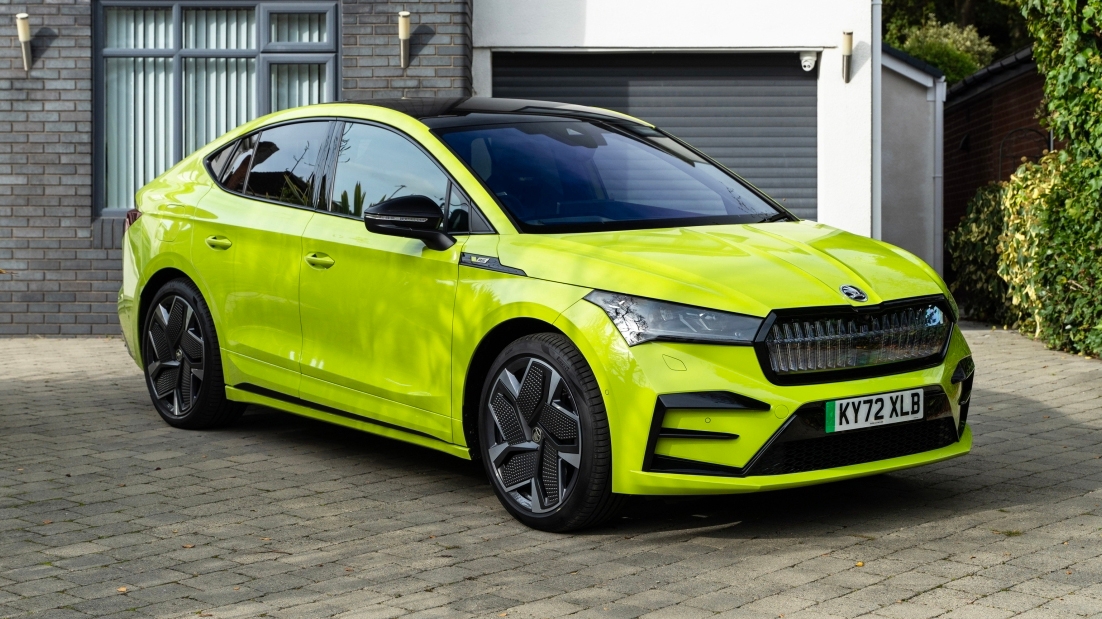
Take an SUV, give it a sloping roofline and, boom, an SUV coupe is born. These models are supposed to give a sportier look than the standard SUVs they’re based on, but still with the utility that the U in SUV stands for. Chopping the roofline does tend to mean a small decrease in headroom, and bulky items are a little harder to load – although SUV coupes still have a large tailgate rather than a small saloon bootlid. Examples include the BMW X4 (a swoopier version of the X3), Audi Q5 Sportback and Porsche Cayenne Coupe.
Four-door coupe
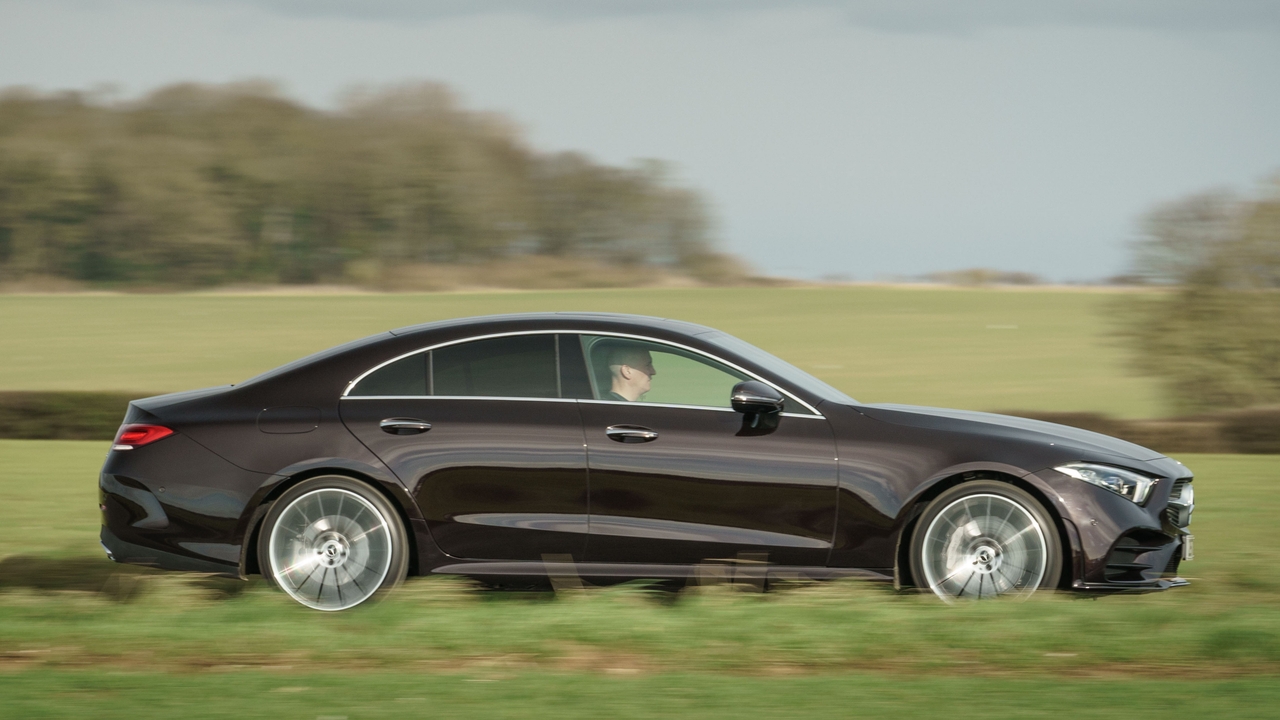
Coupe styling with the relative practicality of a saloon is an appealing package. While other cars may lay claim to the title of first four-door coupe, the Mercedes CLS truly cemented the idea of a coupe with two extra doors. German carmakers are unrivalled in creating four-door coupes – there are small ones like the BMW 2 Series Gran Coupe and Mercedes CLA, through to full-size luxury offerings like the BMW 8 Series Gran Coupe.
Advantages and disadvantages of coupes
| Pros | Cons |
| Sleek styling | Limited rear-seat space |
| Often have a sporty feel | Sometimes snug cabin and/or small boot |
| Aerodynamic – can be more efficient than a saloon with the same engine | Insurance may be higher than an equivalent saloon |
| Exclusivity | More expensive to buy than an equivalent saloon |






























